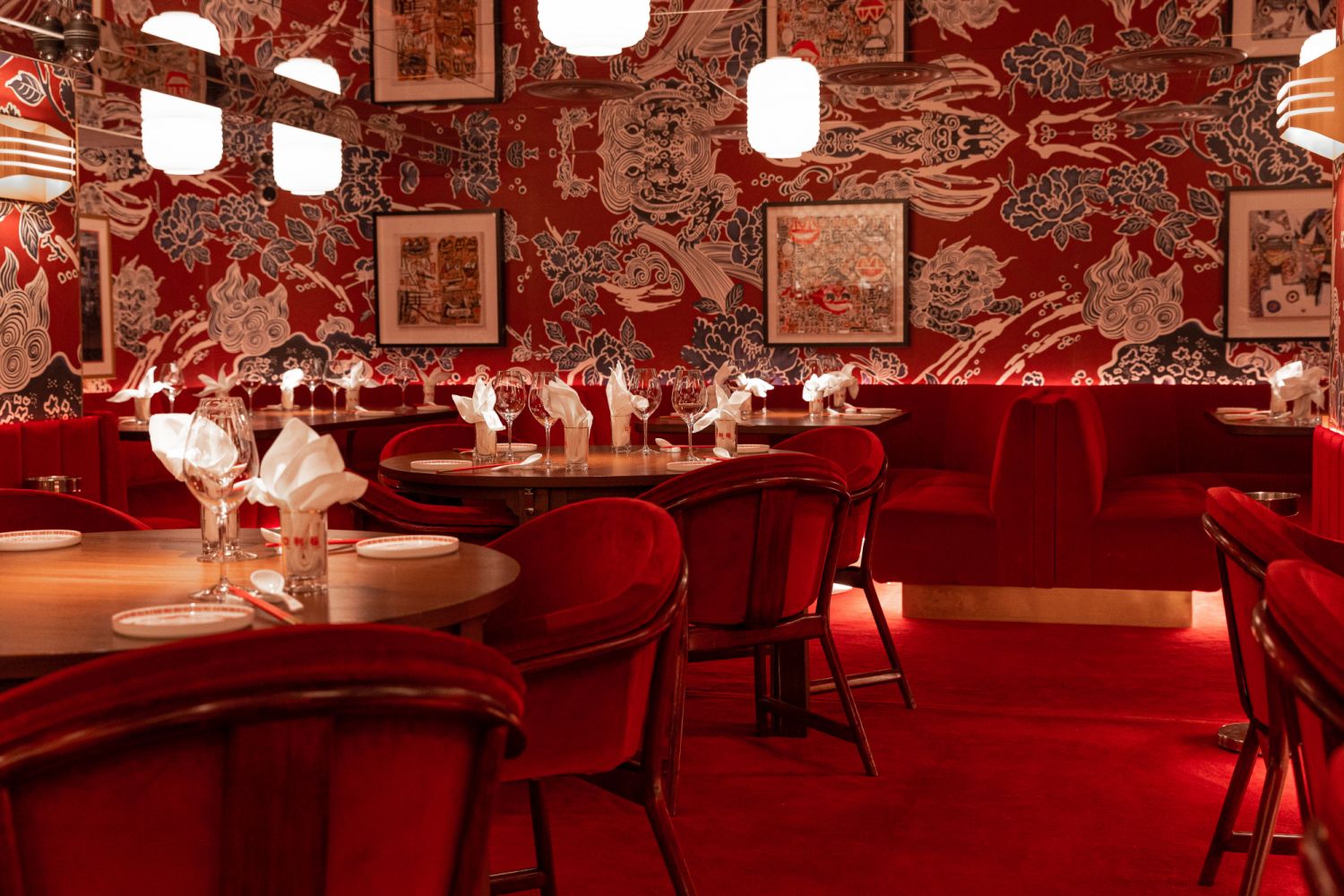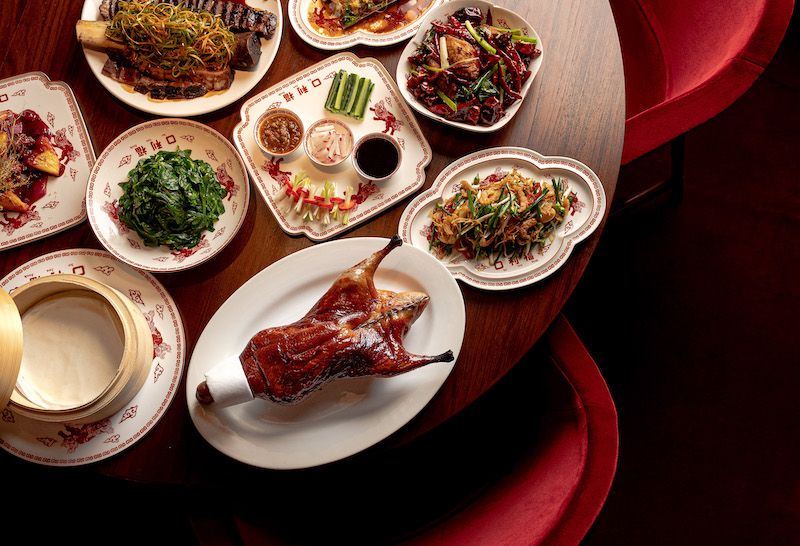"It finally seemed like the time was right to return home."
Ho Lee Fook announced its reopening last month, revealing all-new interiors, and a menu created by their new head chef, ArChan Chan. Previously the executive chef at Level 33 in Singapore, the Hong Kong native tells Tatler Dining all about her decision to return back home, how Ho Lee Fook’s new menu compares to the old, and her favourite restaurant in Hong Kong right now.
Don't miss: Ho Lee Fook Reopens With New Head Chef ArChan Chan

After spending three years in Singapore, why did you decide to return to Hong Kong?
I always knew I wanted to come back to Hong Kong because my friends and family are all here, but in those 14 years I spent abroad, I was really able to see how much the local culinary scene has grown and evolved.
Hong Kong has become such a dynamic place to be part of the hospitality industry and so when the opportunity presented itself to join Black Sheep Restaurants, take the reins of the institution that was Soho’s Ho Lee Fook and be part of bringing it forward into its next chapter, well, it finally seemed like the time was right to return home.
How did you start the conversation with Black Sheep for your role as head chef for Ho Lee Fook?
Interestingly enough, I think it was all due to a Tatler article I did when I released my first book, Hong Kong Local. The article was about the places where I missed dining in Hong Kong, and I mentioned Belon and Ho Lee Fook—whenever I would visit Hong Kong, they were some of my favourite restaurants. It was around this time that Chris [Mark, group co-founder] and the Black Sheep Restaurants team reached out.
What made you want to lead the team at Ho Lee Fook?
There is so much talent here on the team. People like chefs Jack and Jordan have been such a huge part of the Ho Lee Fook story so far and we’ve been able to learn a lot from each other, bouncing off ideas and trying new things in the kitchen.
I’m very glad to have a team that is passionate about Cantonese food and whose love and care for the cuisine shines through the work they do. Working with people who hold this kind of natural fire and drive for their work… well, I couldn’t ask for more. Experience can be taught but attitude is hard to train.


